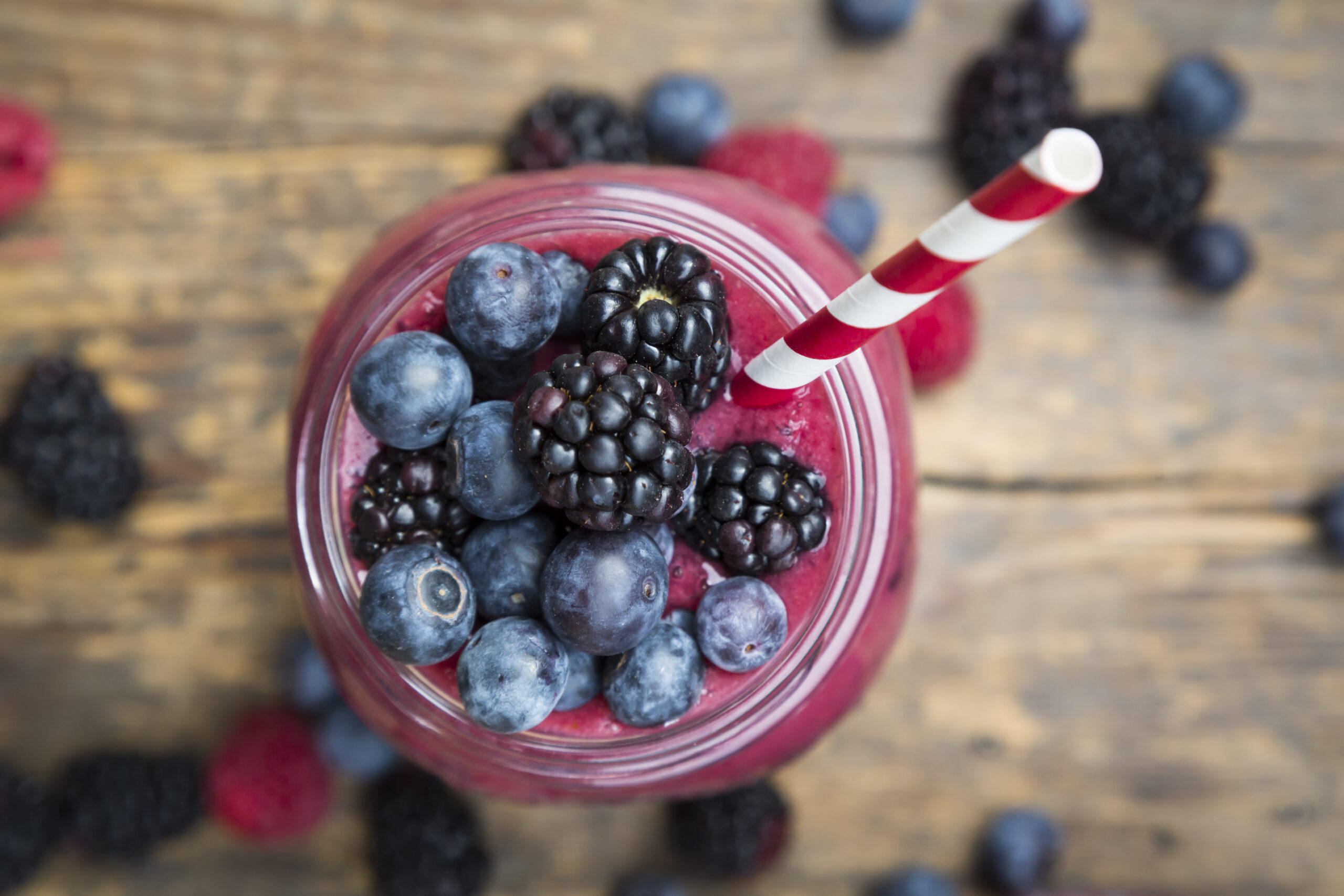The forgotten nutrient for proper thyroid function
and why seasonal diet matters for Hashimoto's disease

There are several diets for Hashimoto’s disease proposed over the years. Most of them focus on clean diets and Mediterranean style meals. But how individual foods contribute to thyroid health is highly neglected, and especially their molecular ingredients. And that’s where seasonality comes into the picture.
Seasonal diet is superior in many ways
Seasonal vegetables are superior to out–of–season vegetables when it comes to health and the nutrients they contain.
- Seasonal vegetables are grown in the right climate and soil conditions, allowing them to reach their full nutritional potential.
- They are also picked at the peak of ripeness, when they are most nutrient–dense. Out–of–season vegetables, on the other hand, are often picked before they are ripe and then stored or shipped for long periods of time, resulting in a loss of nutritional value.
- Seasonal vegetables are also less likely to be exposed to pesticides and other chemicals, as they are grown in their natural environment.
- Additionally, seasonal vegetables are higher in vitamins, minerals, and antioxidants, which help support a healthy immune system, reduce inflammation, and protect against chronic diseases.
For example, seasonal broccoli is a good source of vitamin C, which helps protect against infection and supports the body‘s natural defense system. It is also a good source of vitamin K, which helps maintain healthy bones and blood vessels. Furthermore, seasonal carrots are high in beta–carotene, which helps protect the eyes from damage caused by ultraviolet light. Seasonal fruit and vegetables contain much more kaempferol.
But, what is kaempferol?
Kaempferol is a flavonoid, a type of polyphenol found in many plants, including fruits, vegetables, and tea. It is known to have antioxidant, anti-inflammatory, and anti-cancer properties. Kaempferol is found in many fruits and vegetables, such as apples, oranges, onions, broccoli, and kale. It is also found in tea and coffee. The most important action of kaempferol is its ability to scavenge free radicals, which are molecules that can cause oxidative damage to cells. Kaempferol can also inhibit the production of inflammatory molecules, helping to reduce inflammation in the body. Additionally, kaempferol has been found to have anti-cancer properties, as it can inhibit the growth of cancer cells and induce apoptosis, or programmed cell death. Therefore, consuming foods that contain kaempferol can help to protect against oxidative damage, inflammation, and cancer.
How does this nutrient help Hashimoto's disease?
Kaempferol has been studied for its potential therapeutic benefits in Hashimoto‘s disease. Hashimoto‘s disease is an autoimmune condition that affects the thyroid and can lead to hypothyroidism. Studies have shown that kaempferol has anti–inflammatory and antioxidant properties that may be beneficial in managing Hashimoto‘s disease.
- Kaempferol inhibits the production of pro–inflammatory cytokines, such as TNF–α and IL–6, which are known to be elevated in Hashimoto‘s disease.
- Kempferol has been shown to increase ∼2.6-fold the rate of T3 production, which persists even 24 h after kaempferol has been removed from the system. The effects of kaempferol on DIO2 (a very important enzyme implicated in thyroid metabolism) are independent of sirtuin activation and only weakly reproduced by other small polyphenolic molecules such as quercetin and fisetin.
- Kempferol has been shown to reduce the production of antibodies that are involved in the autoimmune process of Hashimoto‘s disease. Thus, kaempferol may be a useful natural remedy for managing Hashimoto‘s disease
The kaempferol-richest foods
- Kale
- Spinach
- Broccoli
- Strawberries
- Apples
- Grapes
- Blueberries
- Tomatoes
- Cucumbers
- Onions
A keampferol-rich morning smoothie
Delicious Kaempferol Smoothie

Glass of blueberry blackberry smoothie
This smoothie offers delicious creamy taste with four kaempferol-rich ingredients that may provide vast amounts of this super flavonoid, especially when consumed in the morning
- Prep Time5 min
- Cook Time10 min
- Total Time15 min
- Serving Size3
- Energy123 cal
Smoothie Ingredients
- 1/2 cup frozen blueberries
- 1/2 cup strawberries
- 1/2 banana
- 1/2 cup Greek yogurt
- 1/4 cup almond milk
- 1 tablespoon honey
- 1 teaspoon chia seeds
- 1 teaspoon flaxseed
Preparing the smoothie
Add blueberries, raspberries, banana, Greek yogurt, almond milk, honey, chia seeds, and flaxseed to a blender
Blend until smooth
Serve and enjoy
This smoothie is better consumed in the morning, as besides kaempferol, it is packed with very important nutrients for the rest of the day. Kale and spinach better be avoided in raw form as they contain high amounts of goitrogen molecules, but they may be consumed steamed or boiled.
Da-Silva, Wagner S., et al. “The small polyphenolic molecule kaempferol increases cellular energy expenditure and thyroid hormone activation.” Diabetes 56.3 (2007): 767-776.

With a background in Chemistry and Biochemistry from the National and Kapodistrian University of Athens, Theodoros brings a wealth of knowledge in functional medicine and advanced treatments to his role. He possesses exceptional skills in analysis, pattern recognition, diagnostic translation, and storytelling. He is also FMU certified in Functional Medicine and has received training in advanced treatments from the Saisei Mirai Clinic in Japan.


